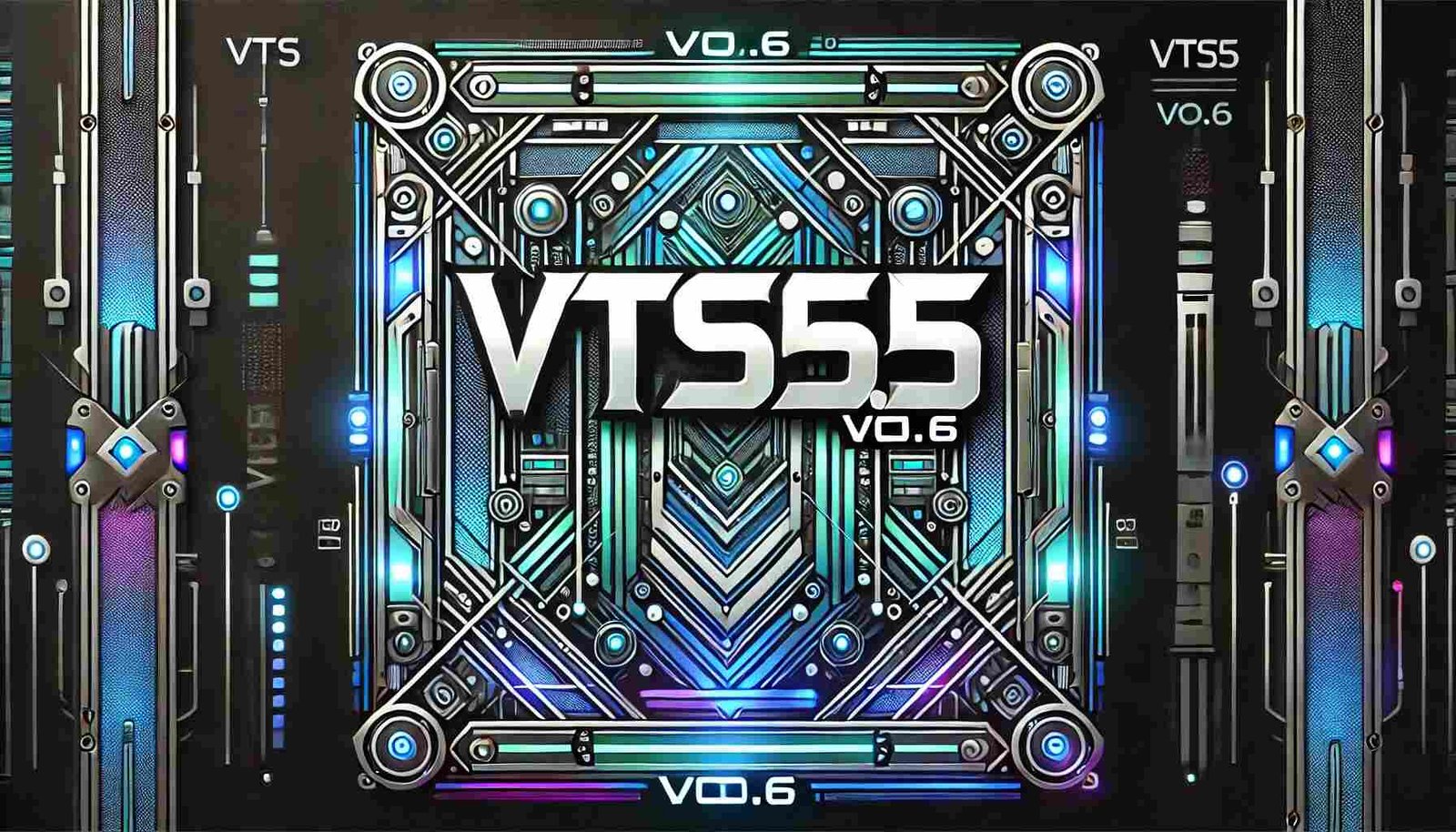Dadiyanki is a tradition with rich cultural significance deeply embedded in the region’s heritage. Though not widely known globally, it carries profound meaning for those who practice it.
This article provides a comprehensive overview of Dadiyanki, exploring its origins, practices, and the cultural values it represents.
What is Dadiyanki?
Dadiyanki is a unique traditional practice believed to have roots in [specific region or culture]. It encompasses various rituals, beliefs, and customs passed down through generations.
While the exact origin of Dadiyanki remains somewhat obscure, it is widely regarded as an important cultural heritage that continues to influence the lives of those who uphold its values.
The word “Dadiyanki” is derived from [insert etymology if known], reflecting the essence of community, respect for ancestors, and celebrating life’s milestones.
Traditionally, it is associated with [specific events, rituals, or ceremonies], making it a cornerstone of cultural identity in the communities that practice it.
Historical Origins and Development of Dadiyanki
Dadiyanki has ancient roots dating back hundreds or even thousands of years. Historians believe the tradition began honouring the ancestors and connecting the present generation with their lineage.
In the early days, Dadiyanki was primarily a set of rituals conducted during important life events such as births, marriages, and harvest seasons.
Over time, the practice evolved to incorporate spirituality, community bonding, and social responsibility. It became a way for families and communities to reinforce their cultural identity while maintaining a connection to their past.
Today, Dadiyanki is seen as a spiritual tradition and a cultural celebration that strengthens social ties.
Key Elements and Practices of Dadiyanki
Dadiyanki includes several core elements that define the tradition. These elements can vary from one region to another, but the underlying principles remain consistent.
Some of the critical aspects of Dadiyanki include:
Ancestral Worship
At the heart of Dadiyanki is the veneration of ancestors. This practice involves rituals honouring deceased family members and seeking their guidance and protection for future generations. Food, drink, and symbolic items are offered during specific ceremonies, often timed with seasonal or life-cycle events.
Community Celebrations
Dadiyanki is not only a family affair but also a community-wide event. Villages and towns come together to celebrate important milestones such as festivals, harvests, and rites of passage. These gatherings foster a sense of unity and shared purpose among participants.
Spiritual Rituals
Spirituality is deeply intertwined with the practice of Dadiyanki. Participants often engage in prayers, chants, and other sacred rituals to invoke blessings from the spiritual realm. Special priests or elders are usually responsible for leading these ceremonies, ensuring they are conducted according to tradition.
Symbolic Artifacts
Symbolism plays a significant role in Dadiyanki rituals. Various artifacts, such as ceremonial vessels, ancestral shrines, and handcrafted items, are used during the rituals. These objects carry spiritual and cultural significance, representing continuity and reverence for tradition.
Dance and Music
Music and dance are integral to Dadiyanki ceremonies. Traditional songs and dances are performed to mark the occasion, often passed down through generations. The performances are entertainment and a way to transmit cultural knowledge and history.
Cultural Significance of Dadiyanki
The importance of Dadiyanki goes beyond the physical rituals performed; it is a means of cultural preservation. For the communities that practice it, Dadiyanki is a link to their past and a reminder of their collective identity.
Through the customs and traditions upheld by Dadiyanki, families and communities can maintain a sense of continuity and stability despite the rapidly changing world around them.
Dadiyanki also plays a role in fostering social cohesion. The communal nature of the celebrations encourages collaboration and strengthens bonds among individuals. Participants reinforce their commitment to shared values and traditions by coming together for these ceremonies.
Modern-Day Relevance of Dadiyanki
While Dadiyanki is rooted in ancient traditions, it continues to evolve in the modern era. Many people who practice Dadiyanki today adapt the rituals to fit contemporary lifestyles while preserving the tradition’s essence. For example, while some ceremonies might have initially taken place over several days, modern practitioners may condense them into shorter events to accommodate busy schedules.
Despite these changes, the fundamental values of Dadiyanki — respect for ancestors, community unity, and cultural continuity — remain relevant today. As globalization and technological advancements alter the social fabric of many societies, traditions like Dadiyanki serve as an anchor, offering a sense of belonging and identity.
Challenges Faced by the Dadiyanki Tradition
Like many traditional practices, Dadiyanki faces challenges in the modern world. Urbanization, globalization, and the spread of popular culture have all contributed to the decline of many indigenous customs.
Younger generations, in particular, may feel disconnected from these ancient practices, viewing them as outdated or irrelevant.
However, efforts are being made to preserve Dadiyanki for future generations. Cultural organizations, local leaders, and scholars are working together to document the traditions, educate the public, and promote the value of maintaining cultural heritage.
In some cases, Dadiyanki has even found new life as a symbol of cultural pride, with festivals and public events dedicated to celebrating its importance.
FAQs About Dadiyanki
What is the meaning of Dadiyanki?
Dadiyanki is a traditional practice focusing on ancestral worship, community celebrations, and spiritual rituals. It is a way for people to honour their ancestors and connect with their cultural heritage.
Where did Dadiyanki originate?
Dadiyanki is believed to have originated in [specific region], although its exact historical beginnings remain unclear. It has been practiced for generations and continues to evolve.
What are the critical rituals involved in Dadiyanki?
The essential rituals of Dadiyanki include ancestral worship, community celebrations, spiritual ceremonies, and symbolic artifacts. Music and dance are also crucial components of the tradition.
Is Dadiyanki still practiced today?
Yes, Dadiyanki is still practiced today, although modern practitioners may adapt the tradition to fit contemporary lifestyles. Efforts are also being made to preserve the tradition for future generations.
Why is Dadiyanki important to the communities that practice it?
Dadiyanki is essential because it helps maintain cultural identity, fosters community unity, and honours the connection between generations. It also serves as a way to transmit cultural knowledge and values.
How has Dadiyanki evolved in modern times?
While the core values of Dadiyanki remain unchanged, some rituals have been adapted to fit modern schedules and lifestyles. However, the essence of ancestral worship and community bonding continues to be central to the tradition.
Conclusion
Dadiyanki is a profoundly significant tradition that plays a crucial role in maintaining the cultural fabric of the communities that practice it. With its focus on ancestral worship, community unity, and spiritual connection, Dadiyanki offers a sense of continuity and belonging in an ever-changing world.
While the tradition faces modern-day challenges, efforts to preserve and adapt it ensure its rich legacy will continue for generations.
Latest Post!
- Locksmith Soho NYC: Ensuring Your Security with Trusted Locksmith Services
- The Ultimate Guide to Toilet Leakage in Singapore What Every Homeowner Needs to Know
- Technical Insights: Pipe and Sewer Unblocking Services in Barcelona
- How to Choose the Right Skid Steer Size for Your Project
- Naomi Swap: A Revolutionary Concept Changing How We View Fashion
- ATFBoru: A Creative Haven for Anime Art Lovers











